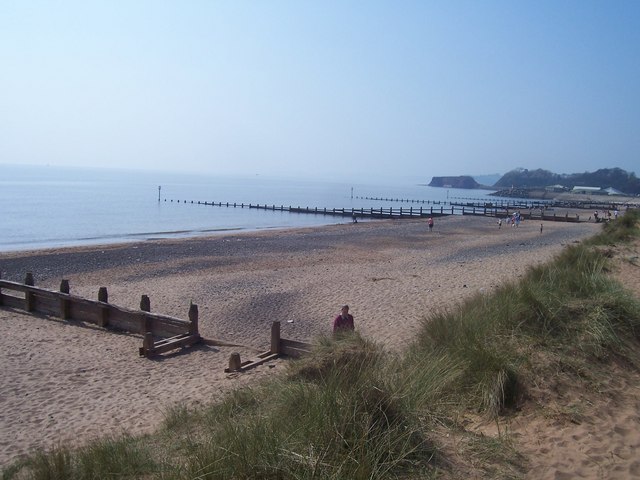A Level Geography - Coasts Exam Questions

Explain how different wave types result in different beach profiles
[6 marks]
Different wave
types can result in different beach profiles. Waves can either be constructive
or destructive and this depends on the strength of their swash and backwash.
When the swash is bigger than the backwash, it is a constructive wave; when the
backwash is bigger than the swash, it is a destructive wave.
Destructive
waves have larger backwash than swash, meaning that more material is removed
from the beach than added. They are usually formed where there is a large fetch
during storms, meaning they are powerful and tall, and have a high frequency.
An example of a place that gets destructive waves is Cornwall. Destructive
waves remove material from the beach and produce a steeper beach profile
because of this. They carry material out to sea which means the gradient of the
beach is likely to be more vertical. Destructive waves can form a storm beach
which happens when waves have a very large fetch, so they can deposit larger material
higher up the beach which can then not be removed with the swash. This creates
a steep beach profile.
Constructive
waves have less power and are likely to be smaller compared to destructive
waves. They have a low wave frequency also. Because constructive waves have a
bigger swash than backwash, more material gets pushed onto the beach so more is
always added, meaning that the beach will have a smoother, gentle beach
profile. These waves continue to deposit more material on the beach than they
remove which will then lead to the creation of a berm, which happens at the
high tide mark. These factors create a shallow beach profile which is more
smooth and gentle than one created with destructive waves.
Explain the part played by longshore drift in the development of
coastal landforms [8 marks]
Longshore
drift is the process which moves and transports sediment along the coast. Waves
move material along the beach in the direction of the prevailing wind and then
gravity pulls the material down the beach at right angles to the coast. Some
things can interrupt this which leads to the formation of coastal features like
tombolos, spits and drift aligned beaches.
A spit is a
stretch of sand or shingle that extends from the mainland, out to sea. It
happens where the coast changes direction so the wind blows at a different
angle to the coast, for example, at a river mouth. Longshore drift continues to
deposit sediment across the river mouth which creates a bank of sand, known as
a spit. The shape of this can change as a result from the refraction of waves,
for example, the spit may curve in on itself like at Dawlish Warren. Waves may
return to their normal direction; strong winds can lift sediment which can form
dunes, meaning that the spit can stabilise and become home to pioneer plants.
Longshore
drift can also develop drift aligned beaches. This happens when the waves break
at an angle to the coast, causing the swash to occur at an angle. The backwash
runs perpendicular to the beach. The sediment is pushed up the beach at an
angle, however, gravity pulls the wave back down the beach at a right angle to
the coast. This means that the sediment is pushed along the beach, creating a
thin beach that is long. An example of a beach like this is Dawlish in Devon.
A tombolo is a
beach that has been formed between a small island and a mainland. They occur
due to wave refraction and diffraction as when waves come close to an island,
they are slowed by shallow water. They are forced to bend around the island
which creates longshore drift on the opposite side. Sediment will slowly begin
to accumulate in this location and the waves will bring sediment onto this
ridge from both sides. Over time, more sediment will keep on getting added, and
when it connects the mainland to said nearby island, a tombolo is formed. It
may be covered at a high tide. There are examples of this in Britain, namely at
Chesil Beach where the Isle of Portland is joined to the mainland.
.

Comments
Post a Comment